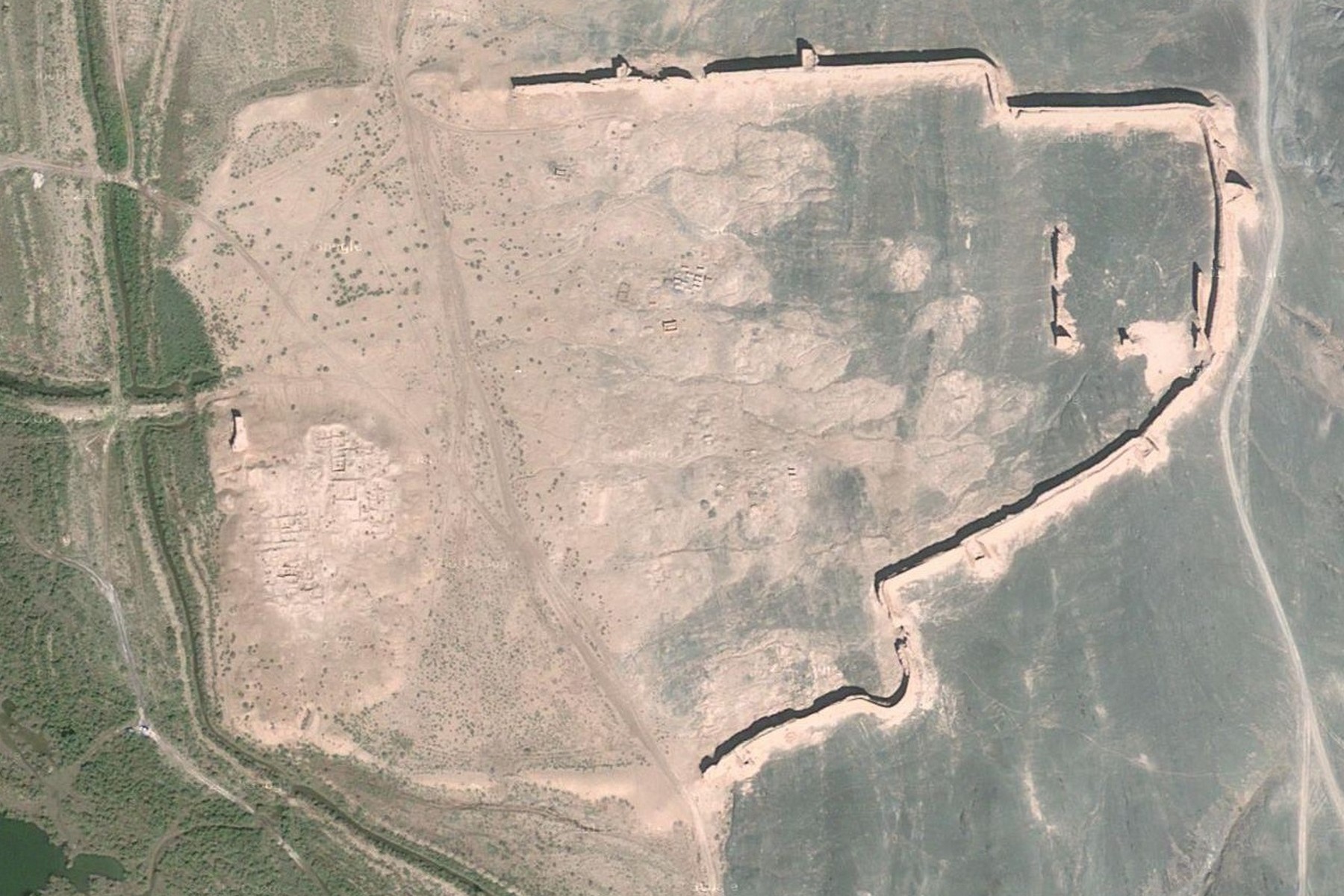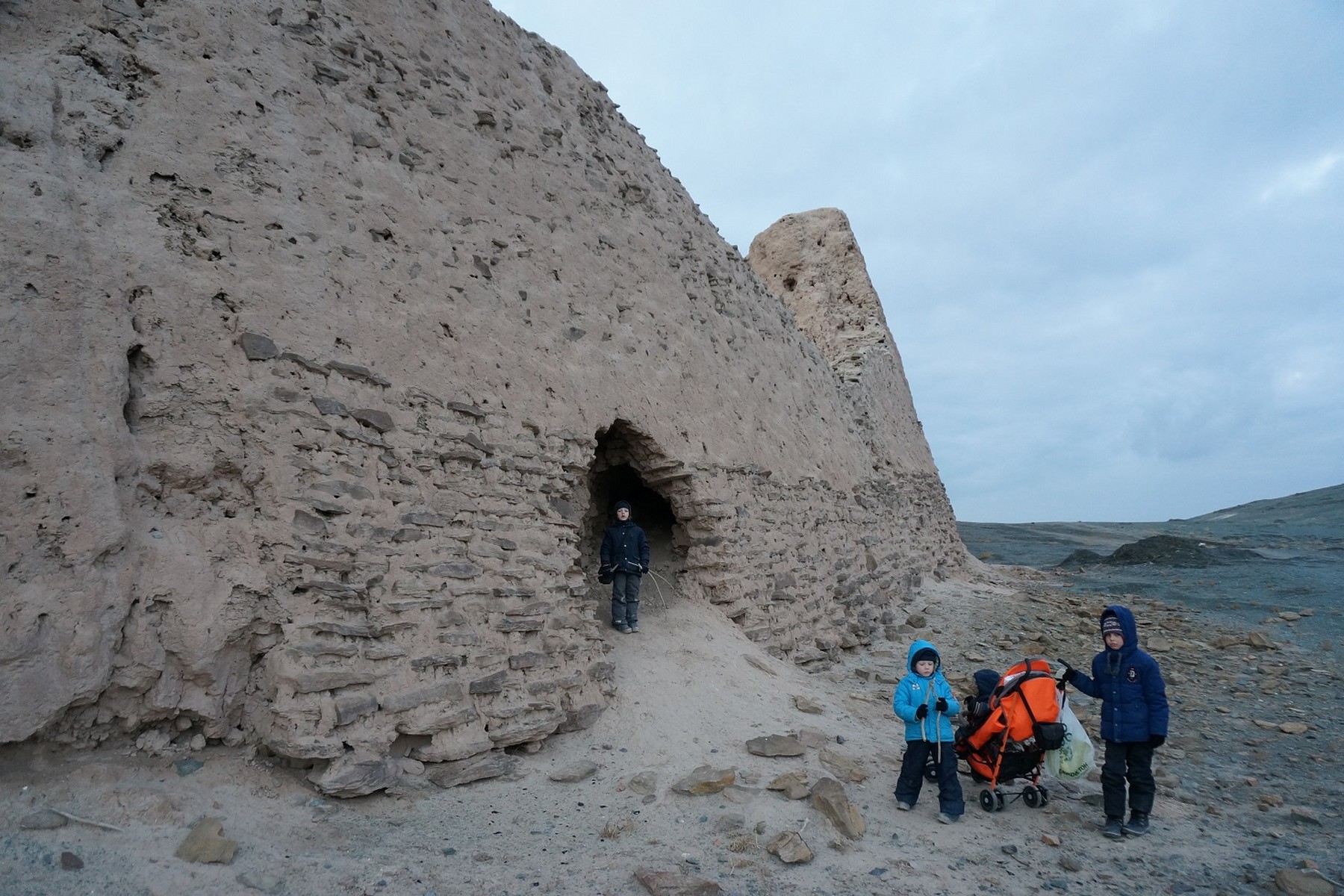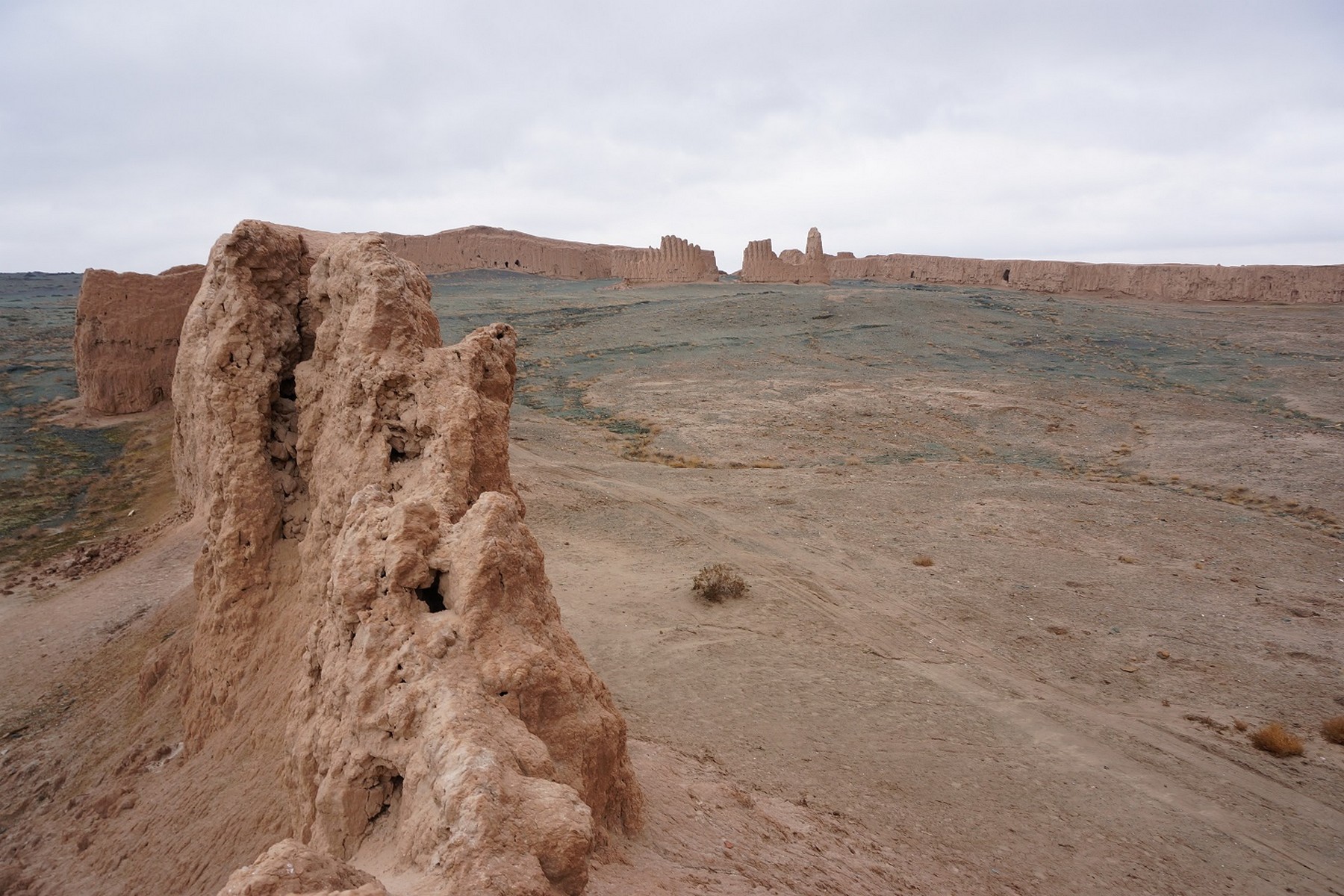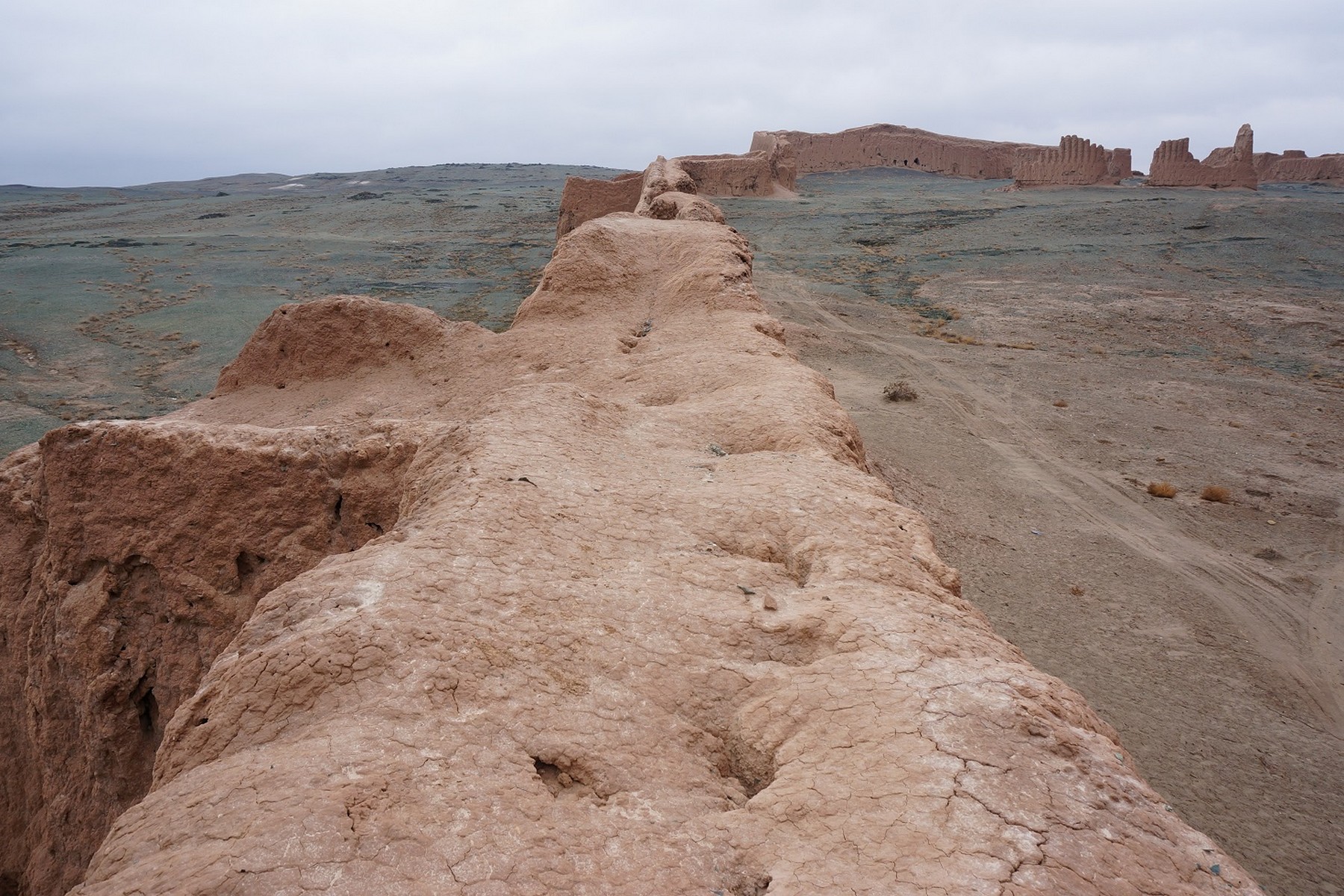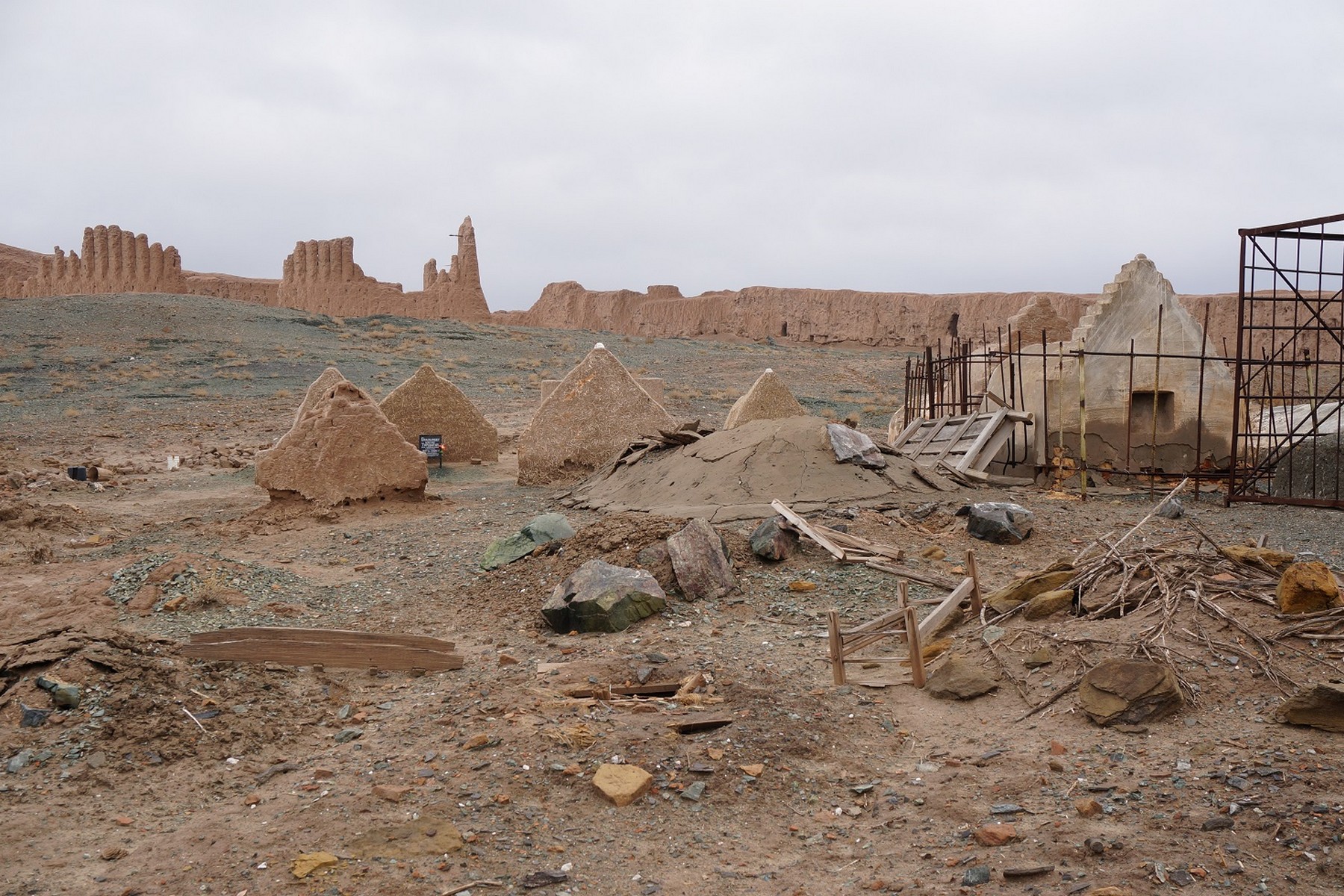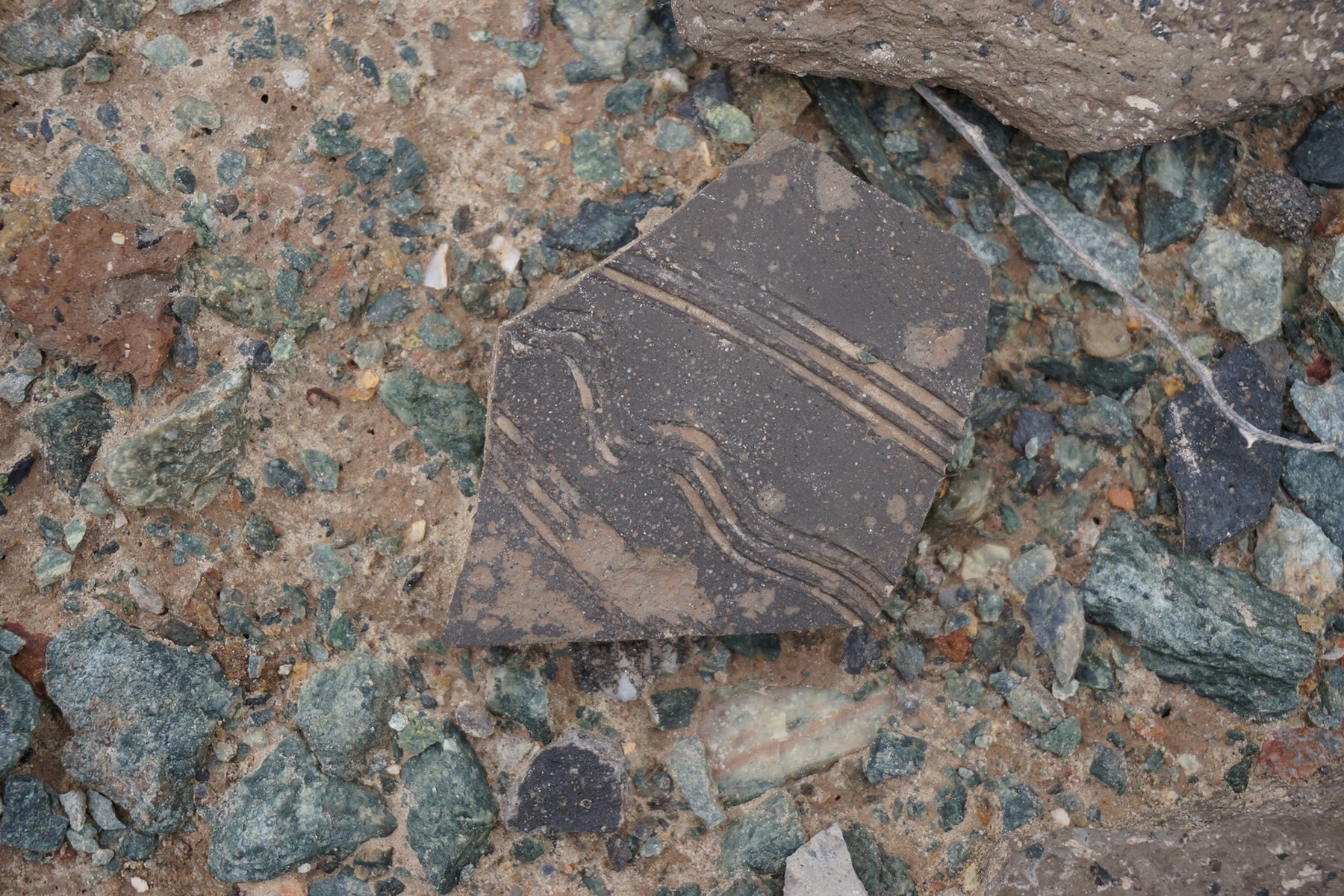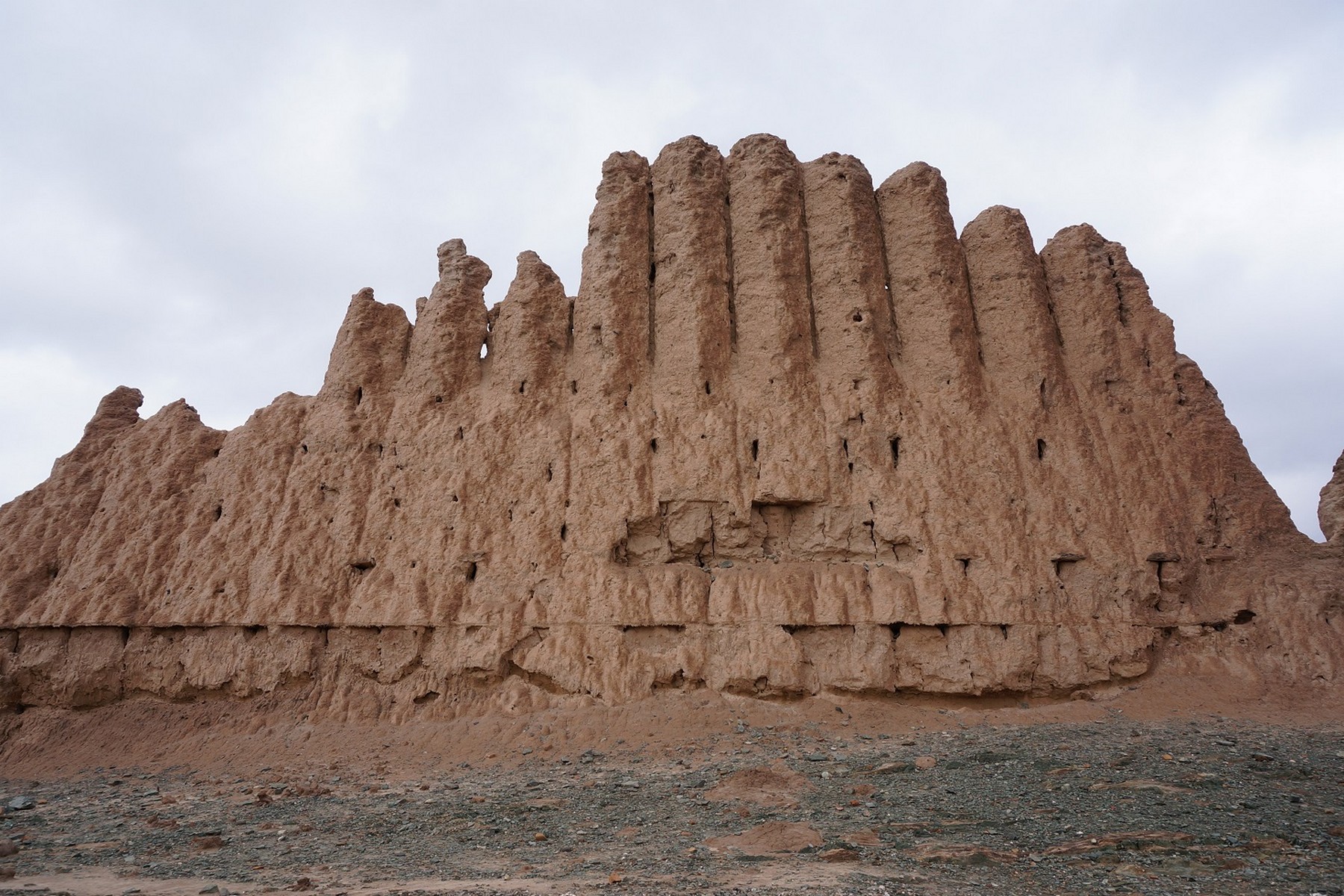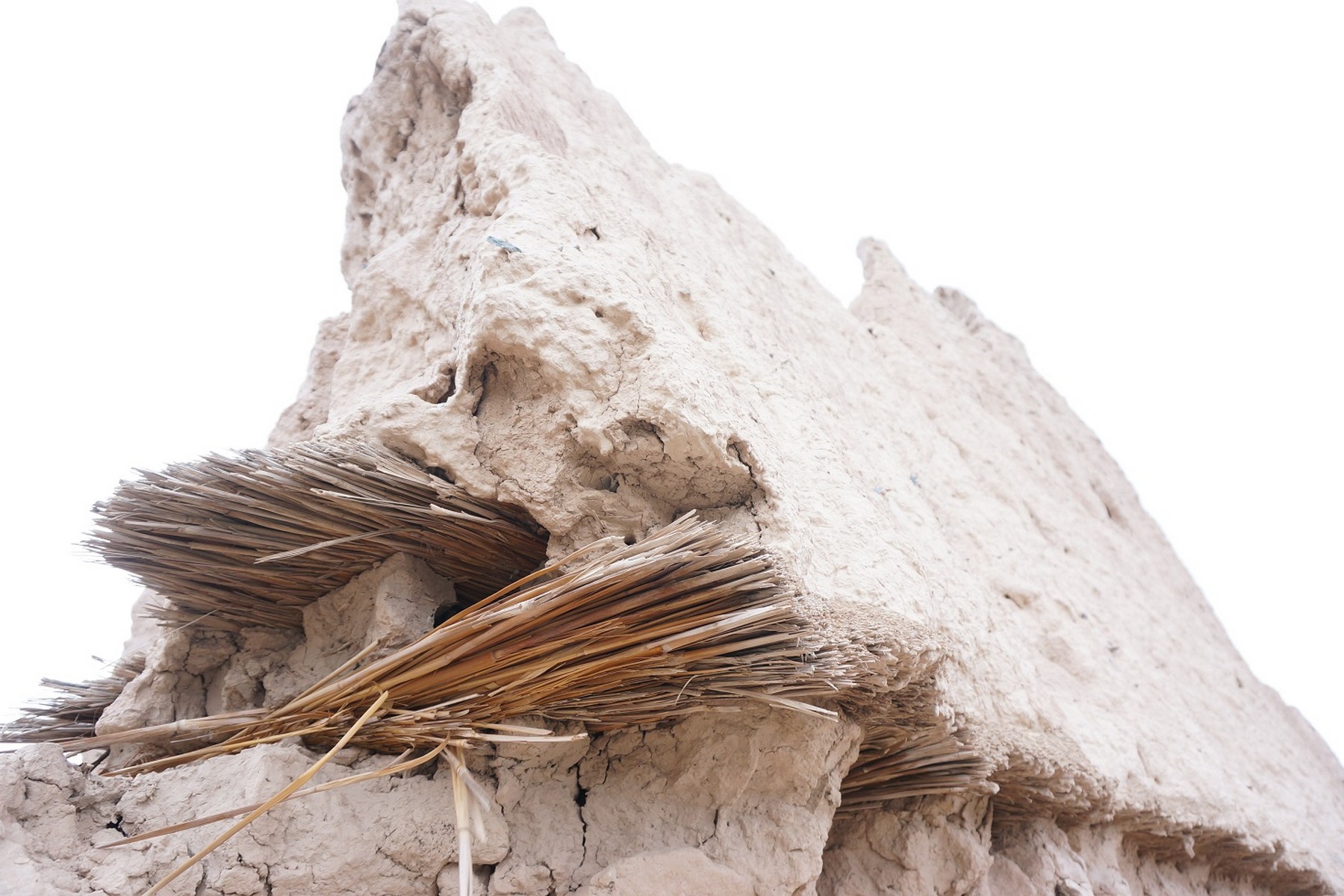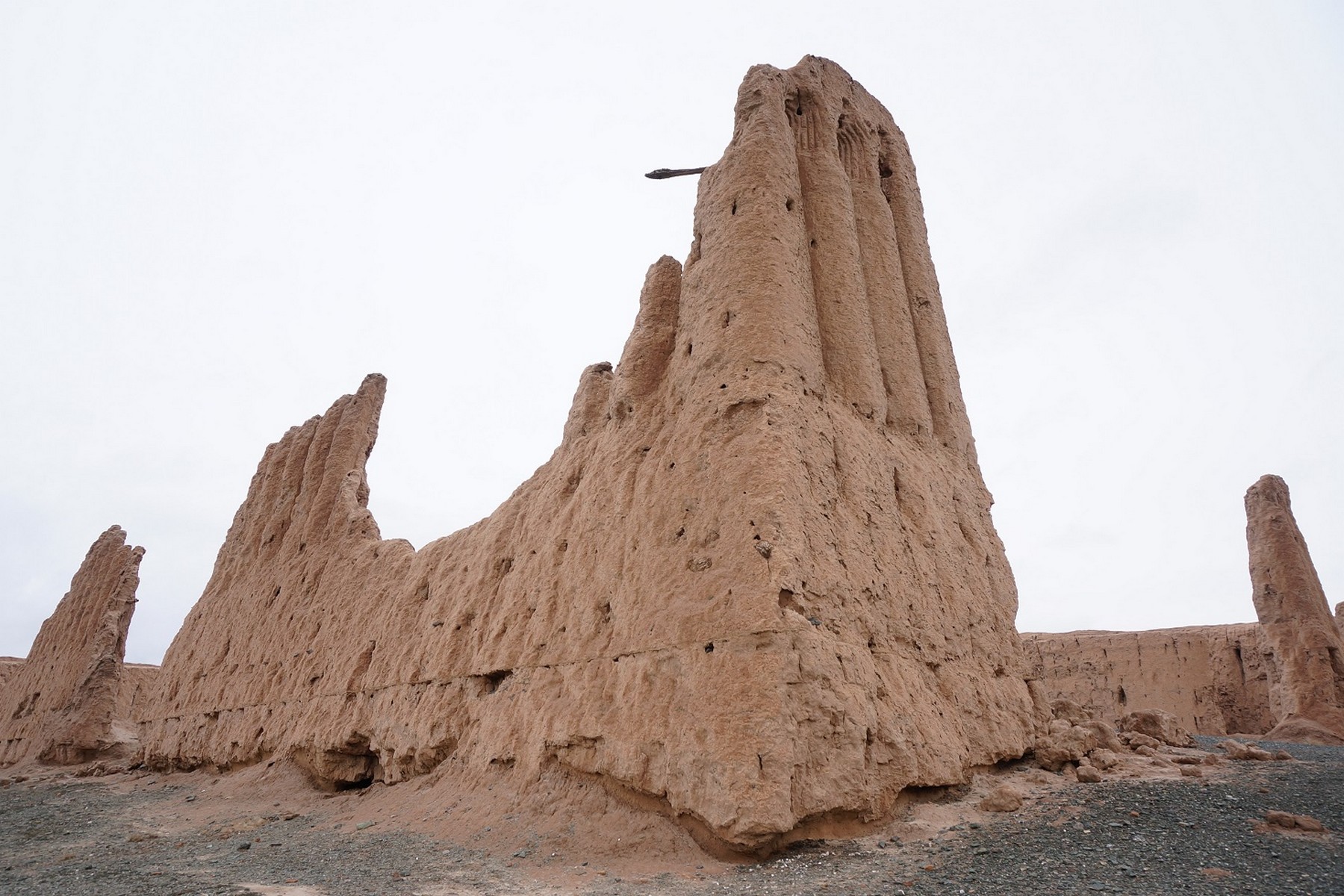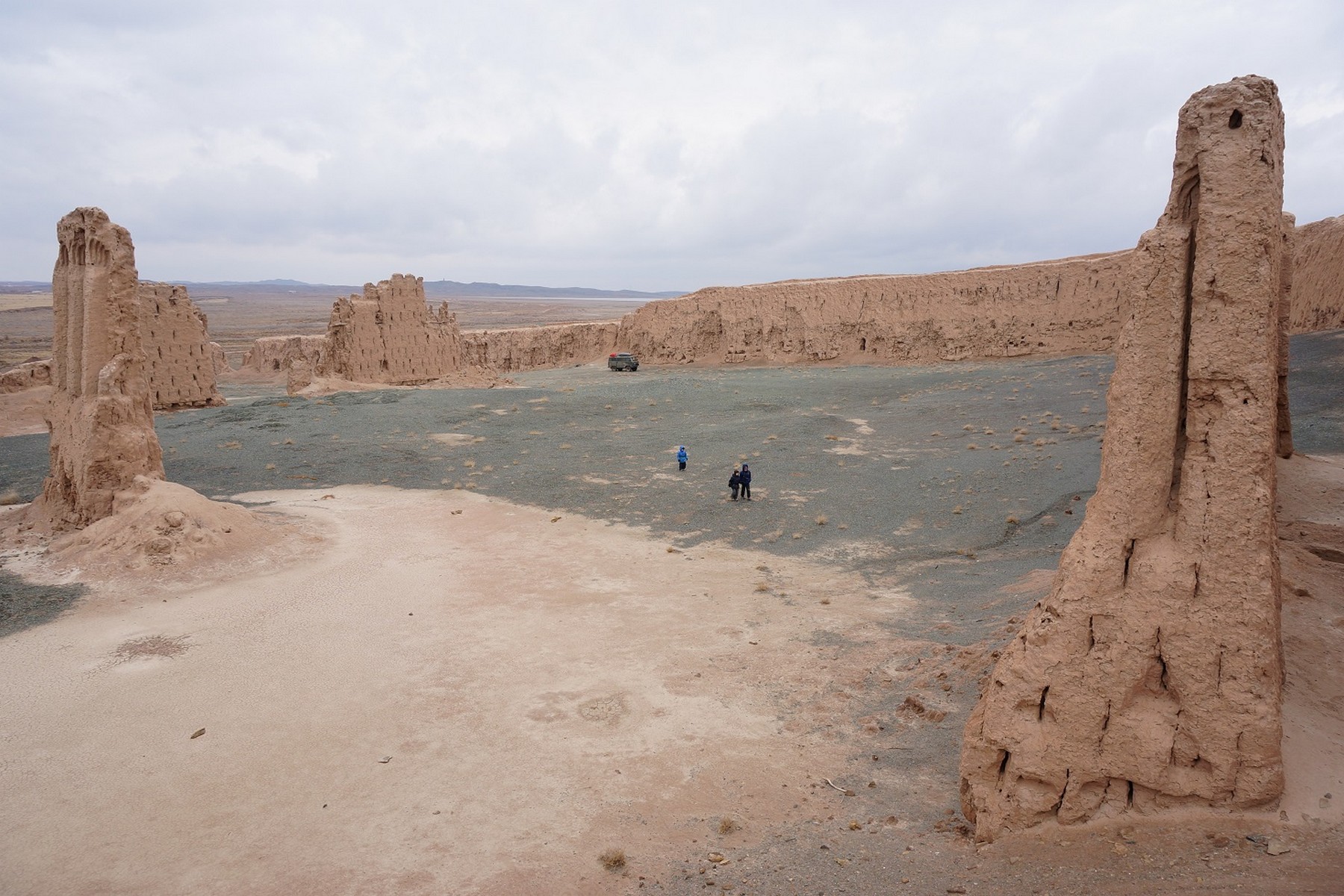遗产数据库
Janpyk-Kala
摘要: Janpyk-Kala:中世纪花剌子模的纪念碑根据考古研究,扬皮克-卡拉遗址上最早的结构可追溯至古代时期(公元前4世纪至公元1世纪)。遗憾的是,这些原始建筑已不复存在。如今可见的堡垒墙壁属于中世纪,建于公元9世纪至10世纪。在堡垒内,考古学家发现了住宅区和工匠区,这些区域可追溯至公元12世纪至14世纪。该遗址最引人注目的特色之一是一座中世纪宫殿(或 ...
Janpyk-Kala:中世纪花剌子模的纪念碑
根据考古研究,扬皮克-卡拉遗址上最早的结构可追溯至古代时期(公元前4世纪至公元1世纪)。遗憾的是,这些原始建筑已不复存在。如今可见的堡垒墙壁属于中世纪,建于公元9世纪至10世纪。在堡垒内,考古学家发现了住宅区和工匠区,这些区域可追溯至公元12世纪至14世纪。
该遗址最引人注目的特色之一是一座中世纪宫殿(或可能是一座神庙)的部分保存完好的墙壁,其外墙装饰精美。这些建筑还采用了独特的花剌子模技术,即在建筑中嵌入芦苇层以增强结构强度,这种方法直到19世纪仍在使用(尤其是在历史名城希瓦)。
在要塞的场地上,有一片可追溯至苏联时期的小型临时墓地,其中包含几座现代坟墓。在这些坟墓中,有几座年代更久远、饱经风霜的坟墓可能早于苏联时代,可能建于20世纪初。在花拉子模和卡拉卡尔帕克斯坦,将逝者埋葬在古代定居点遗址的传统十分普遍。当地居民通常将这些地点视为圣地,认为将亲人埋葬于此会带来巨大的福祉,因为这些土地曾是他们的祖先世代居住的地方。
除了人类历史,该遗址偶尔还会揭示出更为古老的自然历史痕迹。扬皮克-卡拉(Janpyk-Kala)遗址上散落着因雨水冲刷而暴露的陶瓷碎片,以及腹足类和双壳类软体动物的贝壳。这些遗迹令人心酸地提醒我们,数百万年前,这片土地曾被淹没在一片汪洋之中。堡垒周围是绿色的岩石沉积物,暗示着更早的海洋环境。这些绿色色调源于绿泥石矿物,这些矿物很可能是在富含铁质的海洋沉积物中的低氧条件下形成的。Janpyk-Kala: A Monument of Medieval Khorezm
According to archaeological studies, the earliest structures on the site of Janpyk-Kala date back to the ancient period (4th century BCE–1st century CE). Unfortunately, these original constructions have not survived to the present day. The fortress walls visible today belong to the medieval era and were constructed between the 9th and 10th centuries CE. Within the fortress, archaeologists have uncovered residential and artisan zones, which have been dated to the 12th–14th centuries CE.
One of the most remarkable features of the site is the partially preserved walls of a medieval palace—or possibly a temple—adorned with decorative facades. These structures also incorporate the distinctive Khorezmian technique of embedding reed layers into the construction for reinforcement, a method still used as late as the 19th century (notably in the historic city of Khiva).
On the fortress grounds, there is a small, makeshift cemetery dating to the Soviet period, containing several modern graves. Among these, a few older, weathered graves could predate the Soviet era, possibly from the early 20th century. The tradition of burying people at the sites of ancient settlements is common in Khorezm and Karakalpakstan. Local residents often regard such locations as sacred, believing that burying their loved ones here brings great blessings, as these lands were once inhabited by many generations of their ancestors.
Beyond its human history, the site occasionally reveals evidence of a much older natural past. Scattered across Janpyk-Kala’s grounds are fragments of ceramics, unearthed by rain, as well as shells of gastropods and bivalve mollusks. These remnants serve as a poignant reminder that millions of years ago, this land was submerged beneath a vast sea. Surrounding the fortress are deposits of green-colored rock, hinting at an even earlier marine environment. These green hues are due to chlorite minerals, which likely formed in low-oxygen conditions within iron-rich marine sediments.

